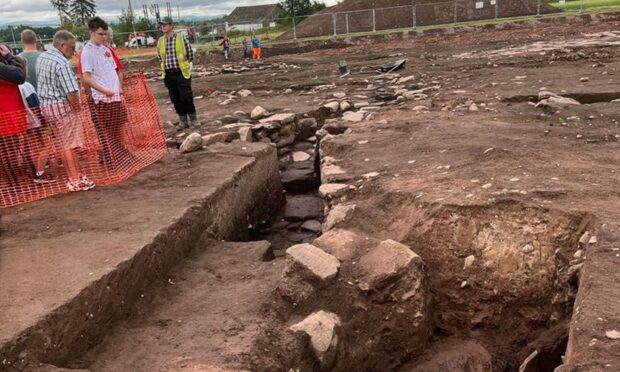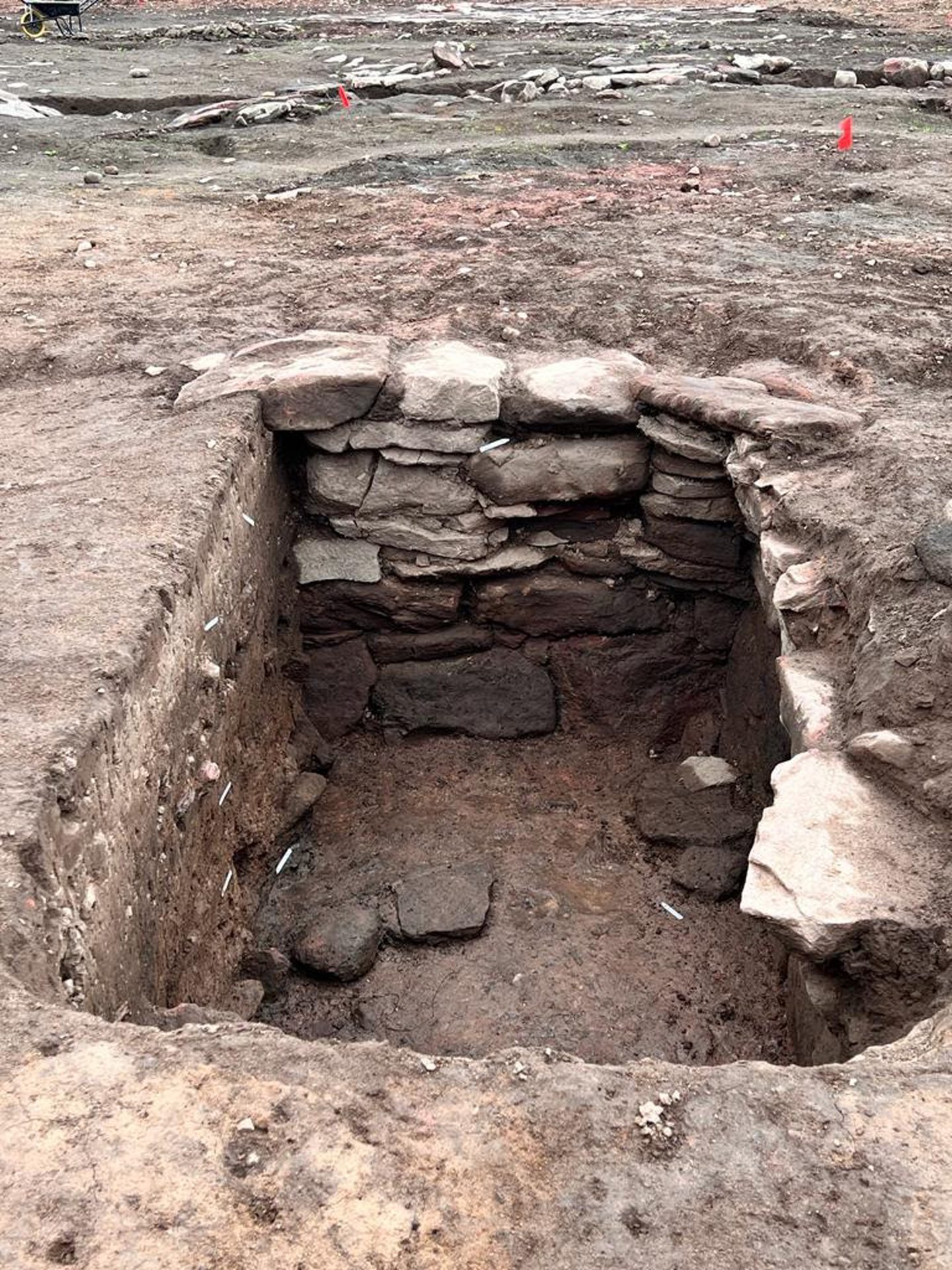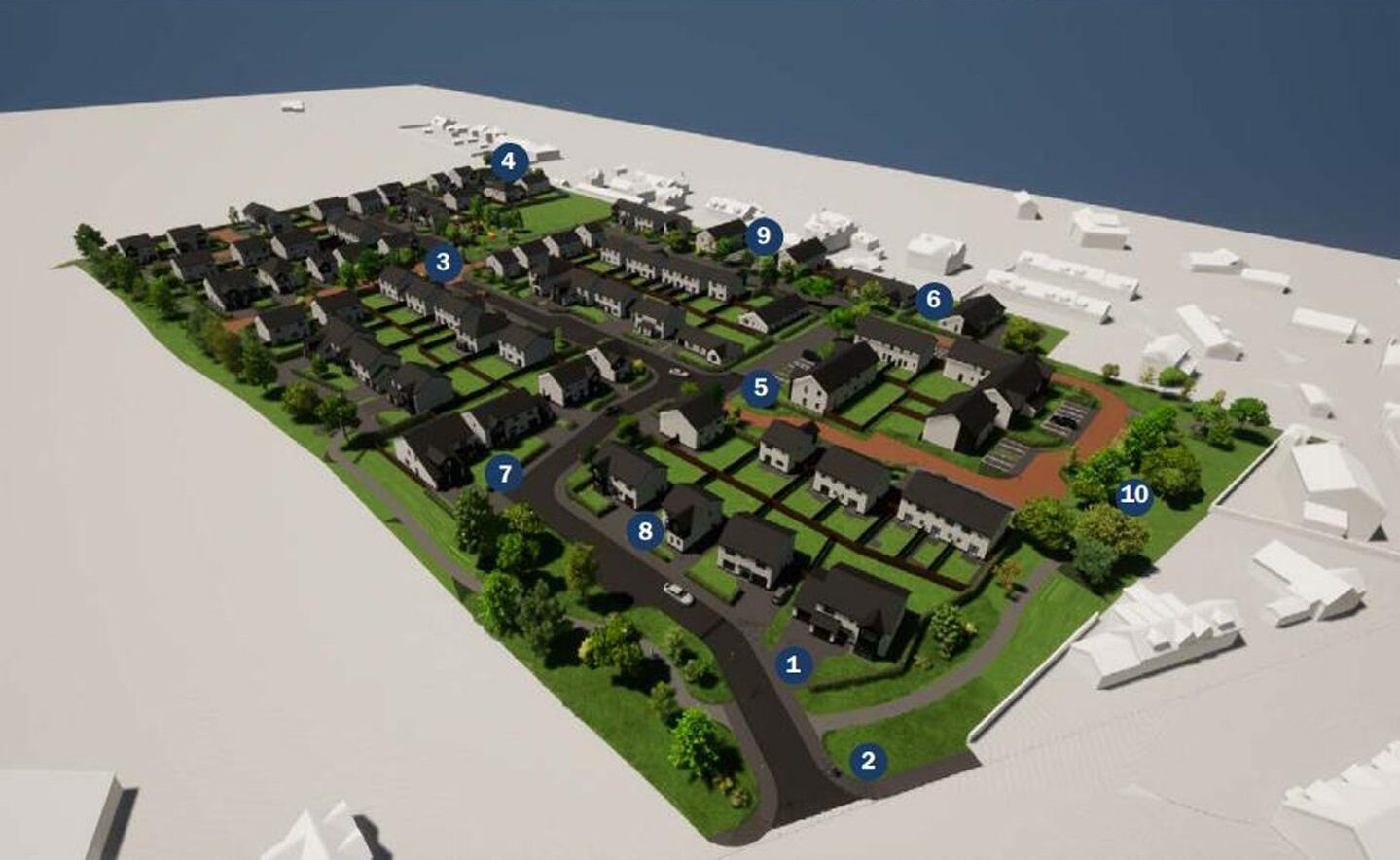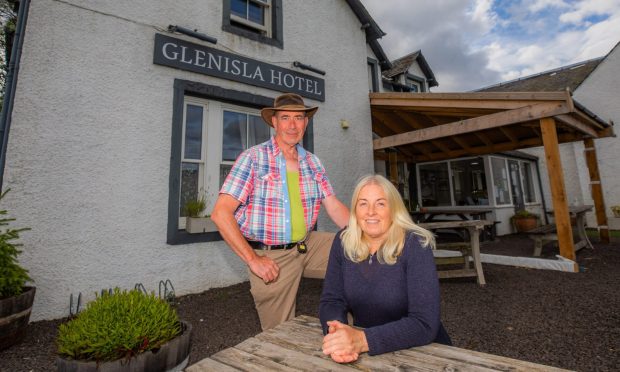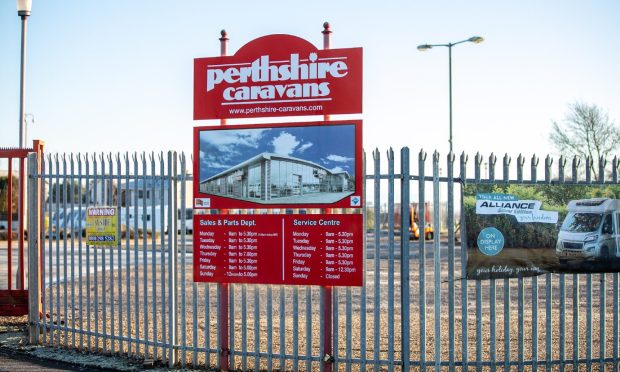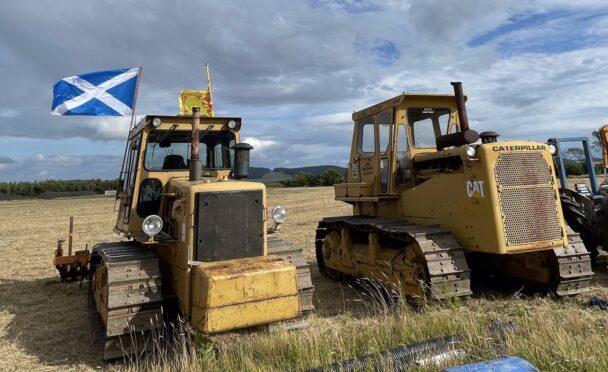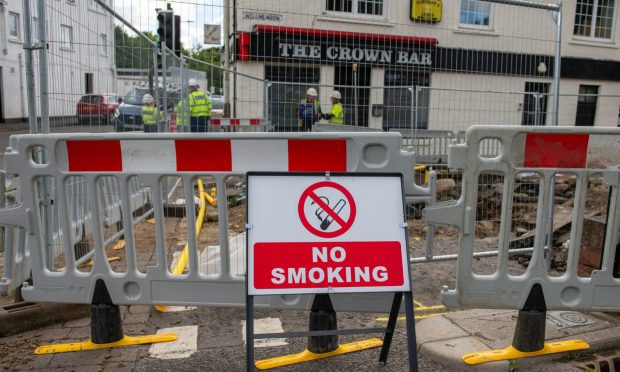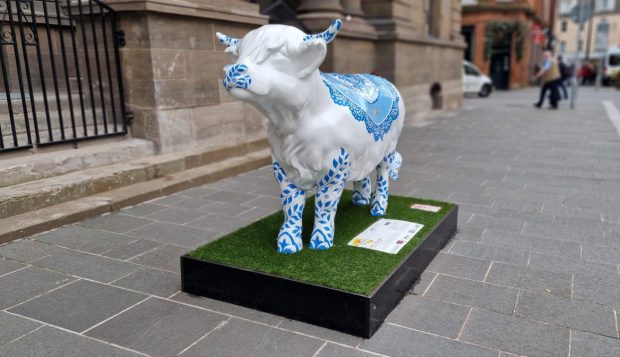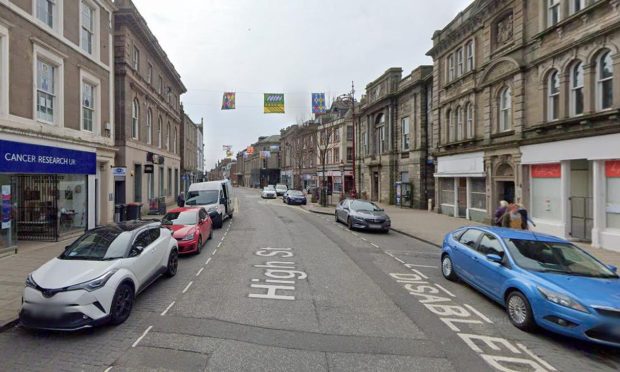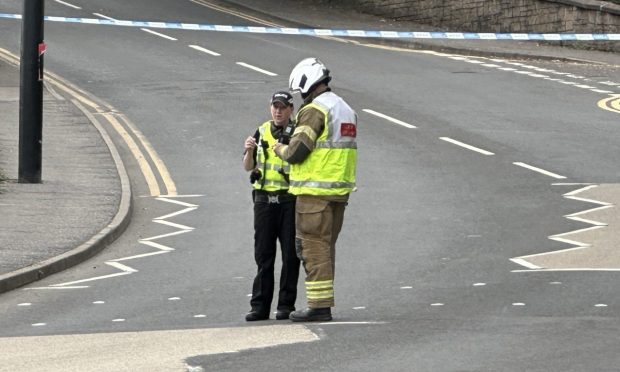A Meigle community group says a newly-discovered Iron Age village could be “lost forever” if a 100-home scheme is allowed.
An aerial photograph revealed 2nd-century remains on a field behind houses on Dundee Road, close to Kinloch Place.
A subsequent excavation by AOC Archaeology showed evidence of ancient underground tunnel storage, building structures, coins, jewellery and tools.
Meigle and Ardler Community Development Trust says these are components of an Iron Age village where trade took place with the Romans almost 2,000 years ago.
The 5,800sqm site is on the western boundary of an area where Fife-based developer Campion Homes wants to build 100 homes.
The planning application, which bounds Forfar Road to the north, includes 90 houses of two to five bedrooms and 10 cottage flats.
The trust believes the development in its current form would destroy the Iron Age site so has called for its protection.
‘We can’t roll over’
The trust and AOC Archaeology recently held a joint open day on the site that was attended by more than 100 people.
Bob Ellis, chair of Meigle and Ardler Development Trust, said: “We need to look after this site, not just for Meigle but the whole of Scotland.
“We are not against the houses but we don’t want roads going into the site on top of the Iron Age fort.
“There has to be other ways to get access into that site – possibly off Forfar Road – so it doesn’t impinge on the Iron Age site.
“We can’t afford to lie down, roll over and let this happen.”
Could homes be reduced to 70?
Bob, a former local councillor for Blairgowrie and Glens, fears that Meigle will not be given the same protection as other areas.
“If this had been near Hadrian’s Wall or on the sites in Orkney and Shetland, would the council and historic society be allowing it to happen?” he asked, rhetorically.
“But this is little old Meigle, and part of Strathmore.
“We can’t afford to let this development happen.
“If the houses are reduced from 100 to, say, 70 it might work.
“We have not long had 30 houses built on the west side of Meigle which are all full and taken.
“We are positive that the development can be altered in a way that saves the Iron Age fort site while having houses on the other part of the field.”
Developer’s report
The site is partially located on land allocated for housing within Perth and Kinross Council’s local development plan.
Campion Homes carried out two public consultations last year, with more than 100 people attending the events at Kinloch Memorial Hall.
The developer has also submitted a 14-page report detailing its plans to excavate and record any buried archaeological features at the historic site.
The report says: “The objectives of the phase two excavation works are to excavate and record all previously identified features located within the defined area of archaeological sensitivity.
“The area surrounding these features will be reduced to natural subsoil in ascertaining the presence of further associated or other non-contemporaneous features.
“Phase three will include suitable post-excavation analysis and publication of discovered archaeological remains, should the significance of the archaeological features unearthed warrant such works and if considered appropriate by Perth and Kinross Council.”
Community council criticism
The planning application has received 52 objections, including from Meigle Community Council.
It has objected on the following grounds:
- Adverse effect on visual amenity
- Lack of employment provision
- Flooding risk
- Inappropriate housing density
- Noise pollution
- Out of character with local area
- Road safety concerns
- Traffic congestion
- Lack of sewage capacity
Objector Peter Menzies estimated the new development would cause a 42% increase in homes in the village.
“This will change the entire nature and shape of Meigle village forever, and not for the better,” he wrote.
“I am in favour of building homes to accommodate local people and their growing families.
“However, that is not what I see in this development.
“Doctors, dentists, veterinary, healthcare and also secondary education etc in this area are already very overstretched.
“No provision has been made to improve amenities or services in line with the increasing populations in the other ongoing A94 corridor housing developments which are directly connected to the Cross Tay Link Road.”
Perth and Kinross Council is yet to decide on the planning application.
